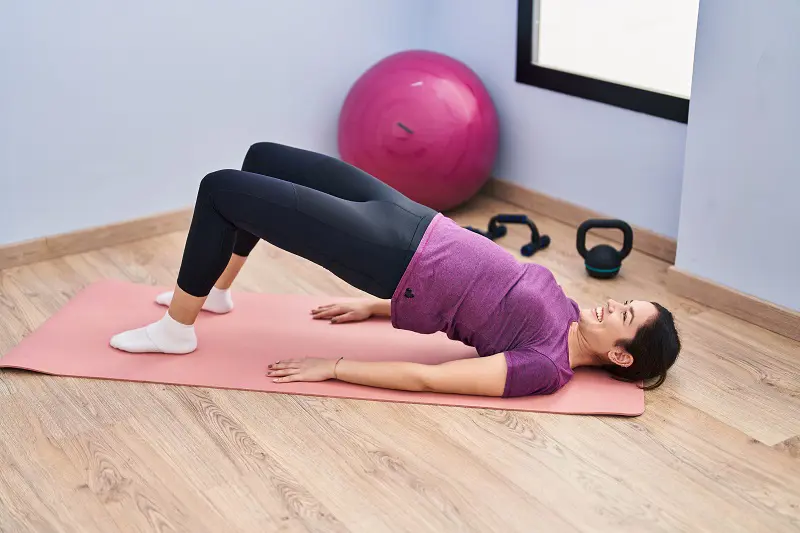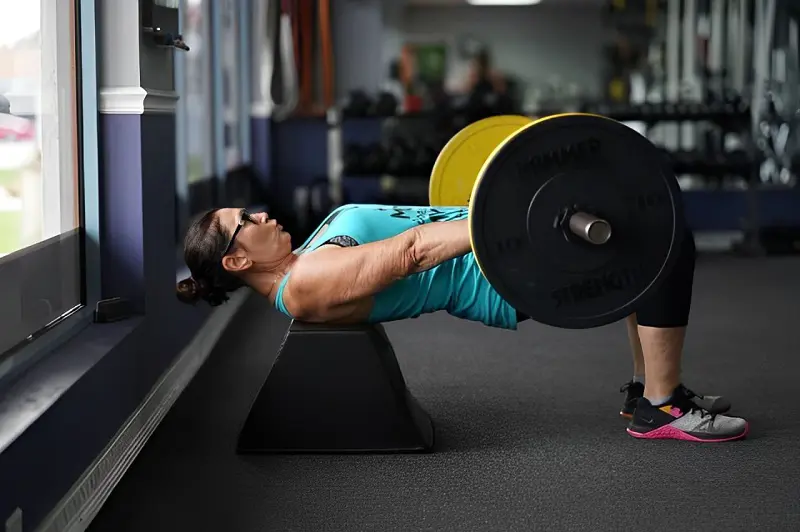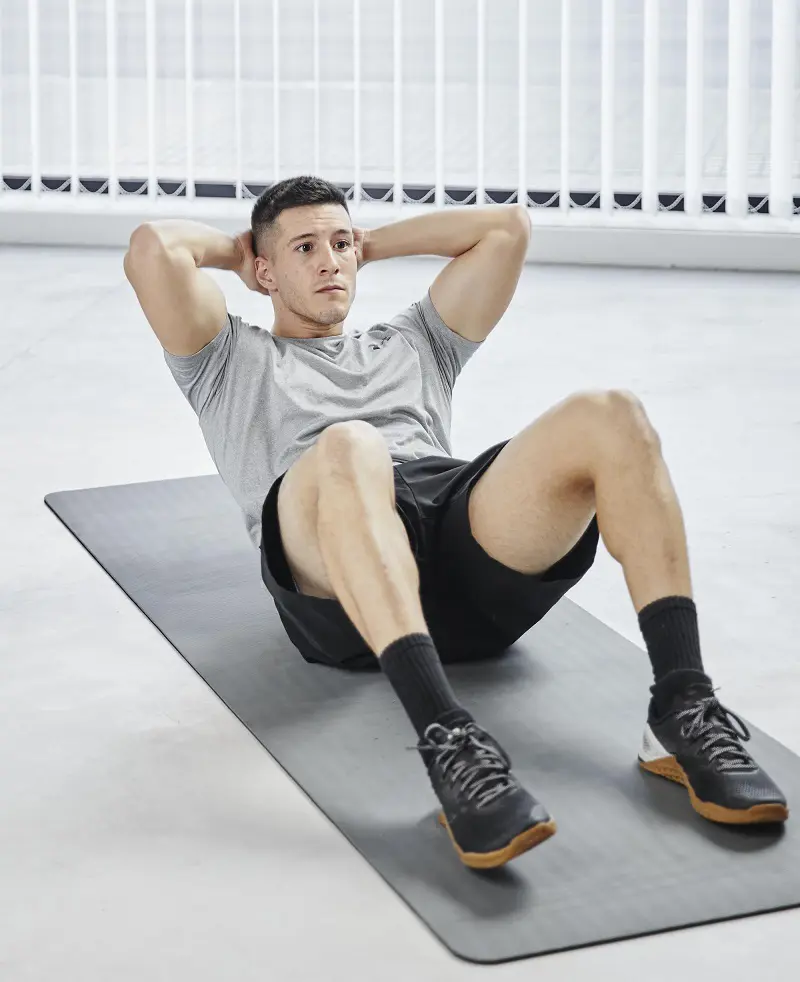How To Do Pull Ups Correctly? Methods, Benefits And Types
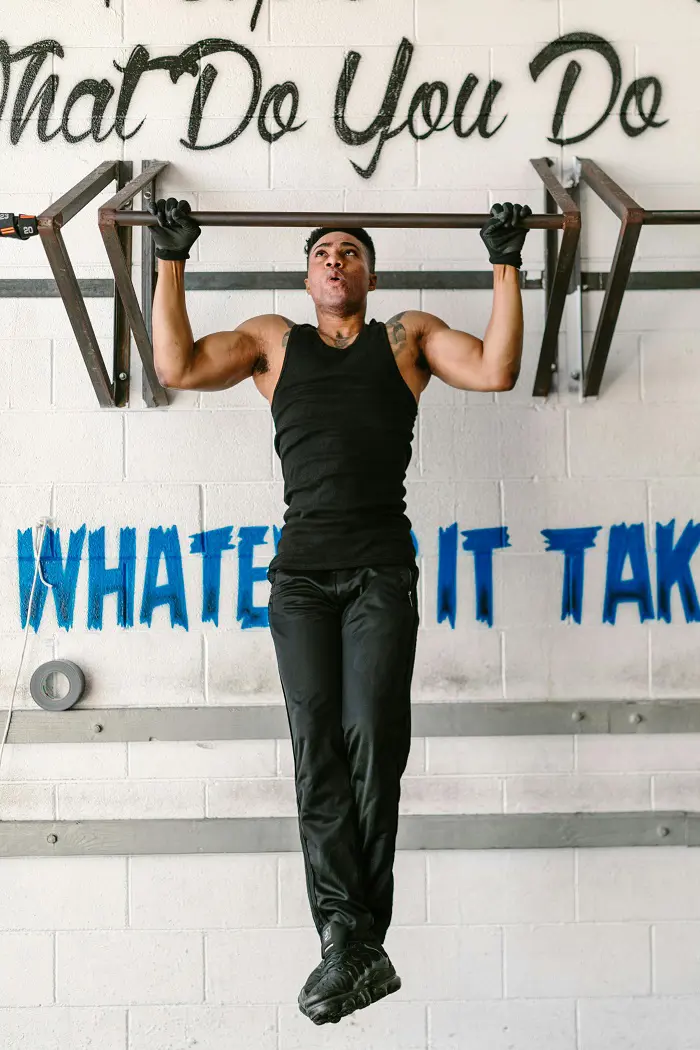
Do you want to build serious upper body strength and sculpt your back, arms, and shoulders? If so, pull-ups are one of the most effective exercises that can help you achieve that goal.
In this guide, we’ll walk you through how to do pull-ups correctly, explore different methods to improve your pull-up game, and discuss the advantages of this workout that make it invaluable in any workout session.
How To Do Pull-Ups: A Step-By-Step Guide

Pull-ups are a commonly performed compound exercise that builds the upper body. It's possible to state that they can be rather tricky and complicated for beginners, but when you start doing it correctly, you will find it very easy and entertaining.
Here's how to do pull-ups, a step-by-step guide:
- Get under the bar, then use your hands to grasp the bar. It would be even better for your hands to spread out as wide as your shoulders. Your palms should be in a position facing opposite from your body. If this is too hard, attempt to do the workout with the palms facing each other.
- Hang from the bar with your arms straight. Keep your body still and tighten your stomach muscles.
- Start by pulling the shoulder blades together and down. Don't just use your arms, use your back too.
- Pull yourself up until the chin is placed above the bar. Depending on the lift, your chest should be over the bar and the elbows should be contracted. And try to only use your muscles to lift your body off the ground.
- Try to bring yourself back down to the floor with your arms straight. Be slow and it should take between 2 to 3 seconds.
- Do as many pull-up reps as you can in the best form possible. If full pull-up is a problem, then you can use a band or a machine to do the trick.
What Muscles Do Pull Ups Target?
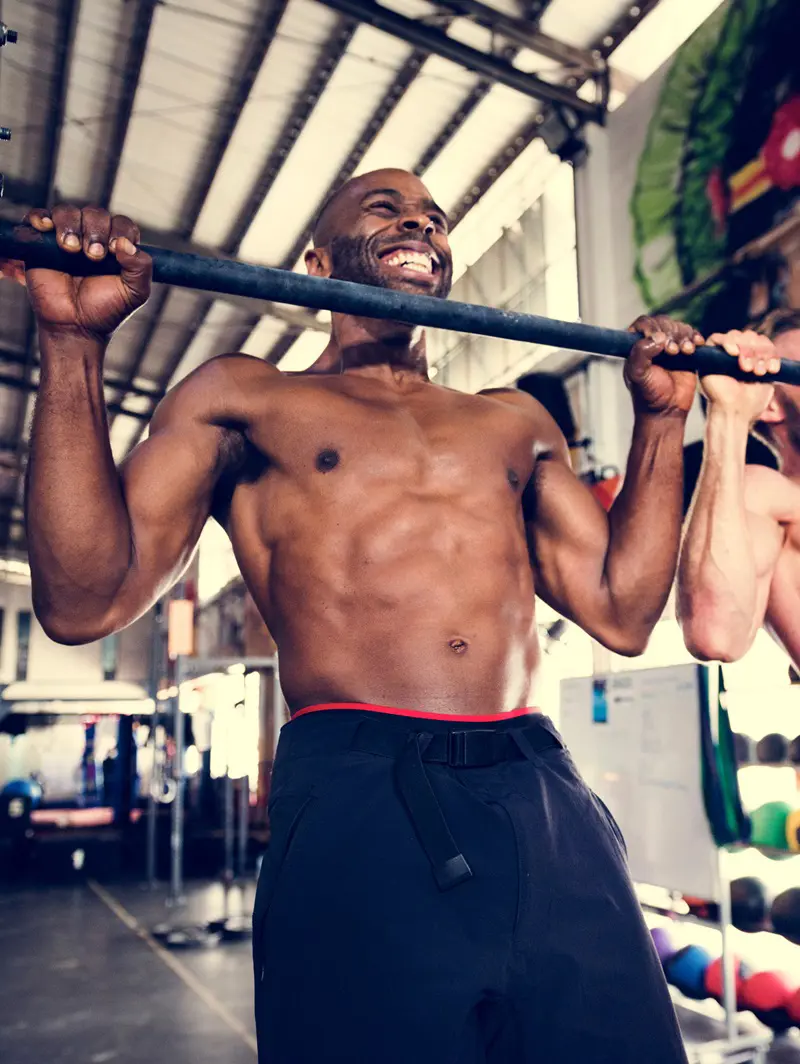
Pull-ups can help you develop strength and muscles in your upper body. Not only do they exercise your back and arm but many other muscles are also engaged while performing such movements. Knowing which muscles are targeted during pull-ups will help you appreciate your workouts.
Here's a detailed look at the different muscle groups that pull-ups target:
1. Latissimus Dorsi (Lats)
These are the large muscles on either side of the back. They are worked out quite intensely during pull-ups, which is the largest muscle in the workout process. When you pull yourself up, your lats are contracted so that your body gets closer to the bar, which makes your back look V-shaped.
2. Biceps
The biceps are muscles attached to the front part of the upper arms and play a role in the movement of bending the elbow. They are powerfully involved during the pulling-up motion and contribute most of their power to the lift.
3. Rhomboids
These muscles are found between your shoulders and blades. They are amongst the muscles that retract your shoulder blades and help you maintain good posture during pull-up exercises.
4. Trapezius (Traps)
This muscle runs from the posterior cranial fossa of the skull through the vertebral column to your mid back and over your shoulders. The traps assist in the upward and forward movements of the shoulder blades to help with the pulling movement.
5. Core Muscles
Your torso, including the abs and your lower back, tightens to ensure your body remains stable when doing pull-ups. This is important in ensuring that you have a correct form and the pull up workout is made more effective.
Advanced Pull-Up Variations
Pull-ups are beneficial for upper body muscles and if the ordinary workouts have become very easy for you, it is time to change to the advanced pull-up variations. These advanced variants are challenging for newcomers, but they may assist in enhancing strength and grip as well as developing other muscles.
Including these advanced variations in your workout regimen will make your sessions more interesting and might get you past several levels in your fitness training.
1. Chin-Ups
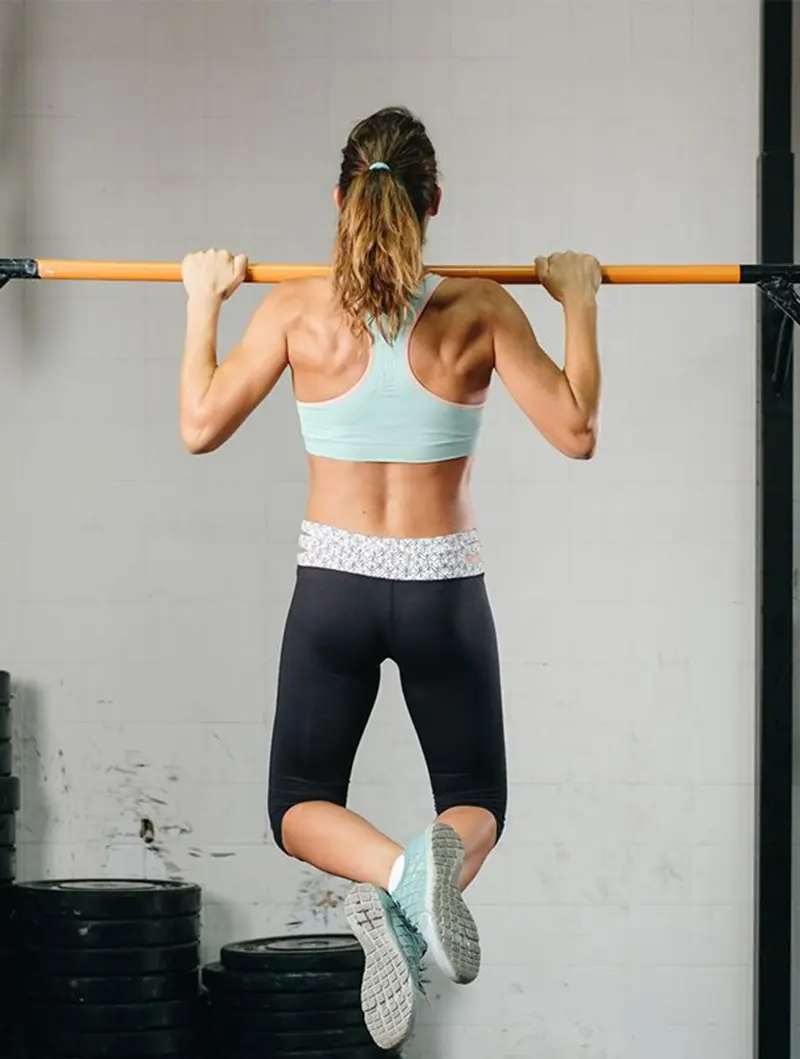
Chin-ups are performed with the palms facing toward the body. To perform a chin-up, start by reaching up and grabbing the bar with your hands shoulder-width apart, ensuring your palms are facing you. Allow your body to hang with your arms fully extended.
When you climb up, ensure that you fold your arms and lift your head to be above the bar. This way, you are implied to be exerting pressure on your biceps and back. Gradually lower your body back to the floor till your arms are stretched completely.
Chin-ups mostly focus on your biceps, back, and shoulders though they seem to lay a little easy on your shoulders than most pull-up varieties.
2. Weighted Pull-Up
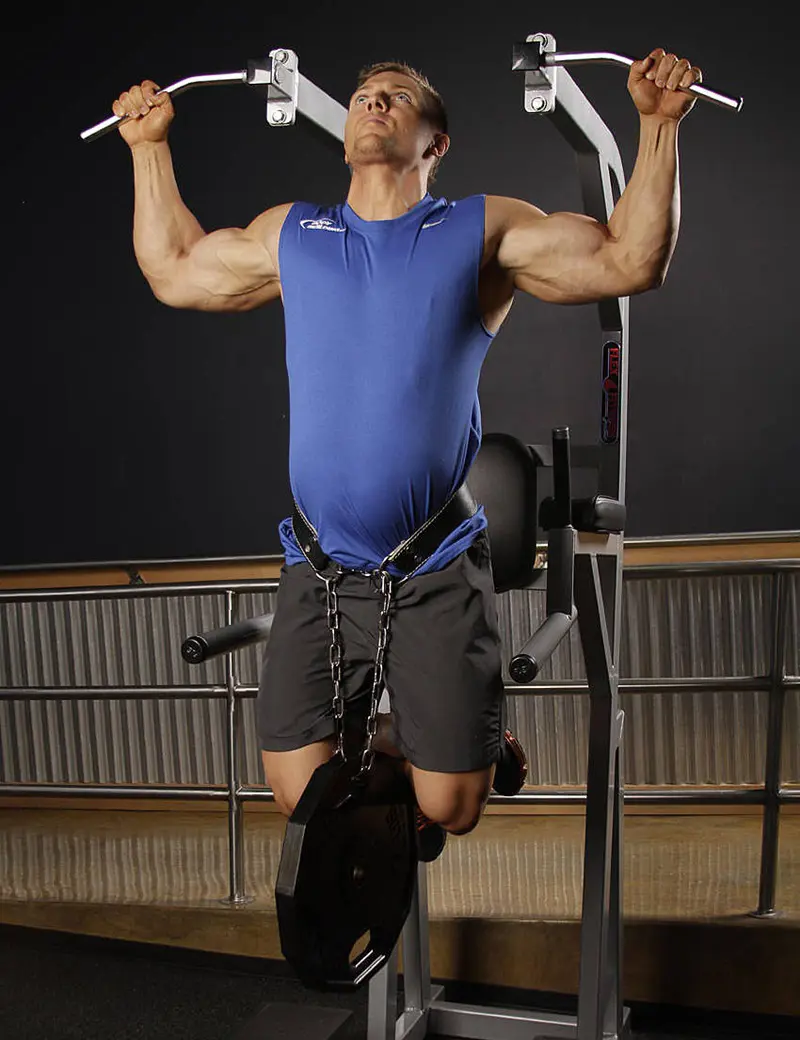
Weighted pull-ups are performed by attaching weights to your body, for instance weight belt or vest. Grip the pull-up bar with your hands slightly wider than shoulder-width, with your palms facing away from you. Hang from the bar with your arms fully extended and your body straight.
In this variation, different muscles like the back, arms, and shoulders are used to lift your body until the chin is placed above the bar. Slowly and smoothly lower yourself to the ground again. In the weighted pull-ups, tuck pressing enhances the exercise, thus making your back, biceps, and shoulders stronger and leaner.
3. Archer Pull-Ups
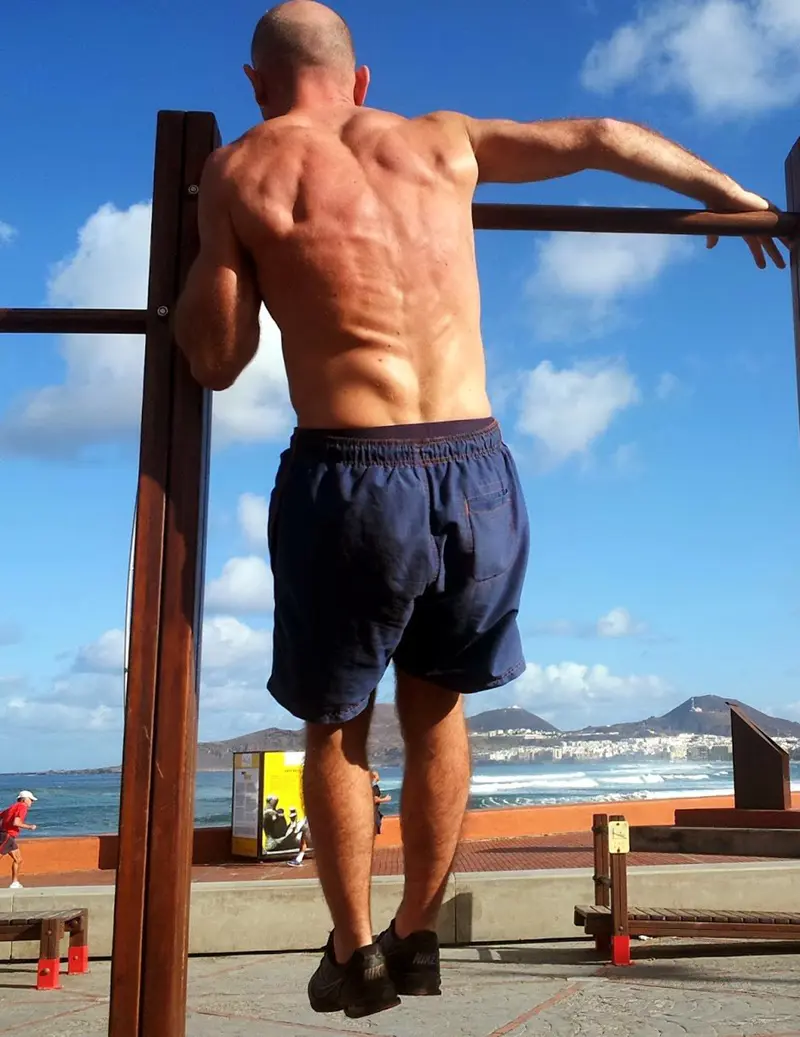
This Pull Up variant is a difficult twist to the classic version since it targets one side of your body at a time. To perform them, take the pull-up bar with a wider grip than your shoulder-width distance. When properly lifting yourself, use your weight on one side while straightening one arm while the other arm is bent.
This movement mainly works the back muscles, particularly the lats, biceps as well as shoulders. After reaching the top, lower yourself slowly and then transfer to the other side to repeat the exercise. Archer pull-ups are useful to elevate muscle strength and balance in the upper part of the body including your arms. Moreover, it also aids in correcting the muscles' coordination problem.
4. Commando Pull-Ups
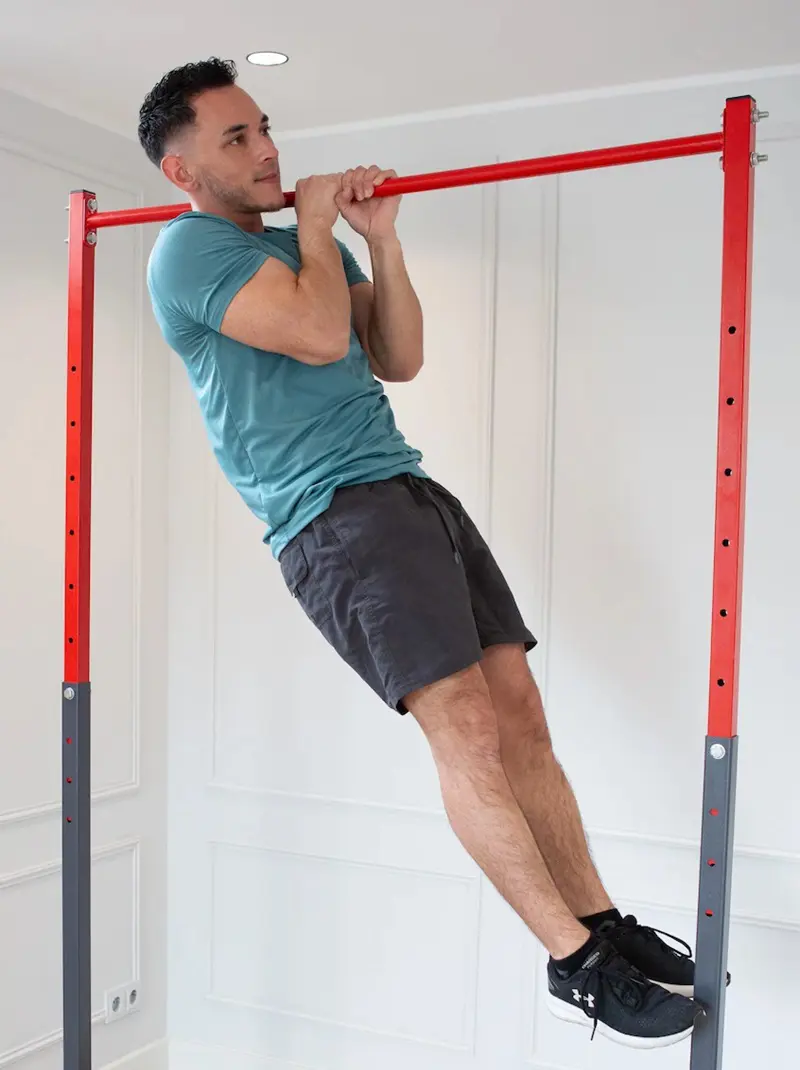
Commando Pull-Ups target your back, biceps, shoulders, and core muscles. To conduct commando pull-ups, start by gripping the pull-up bar with your hands shoulder-width apart and your palms facing away from you. You should then pull yourself up while turning your abdomen towards the side a little to get your chin above the bar.
Lower yourself back down, then repeat the movement, twisting to the opposite side. This variation does not only make the upper body muscles stronger but also the muscles in the stomach area since it helps in body balance and coordination.
5. L Pull-Ups

This Pull Up is a great exercise that doesn’t joke with strength and core at all. L pull-ups can be performed with you needing to grasp the bar with your hands placed slightly wider than shoulder-width distance and your palms positioned inward. When you are climbing, bring the legs up to the lateral plane in the ‘L’ position with the torso lifted.
Clench your abdomen all the time and make sure that your legs are straight during the exercise. Pull yourself up until your chin is above the bar, then slowly lower yourself back down while maintaining the L position with your legs. The major muscles that are engaged while doing L pull-ups are the back muscles or the Lats, the biceps, and the shoulder. Likewise, this workout also involves the core muscles for strength.
6. Typewriter Pull-Ups
Typewriter Pull-Ups are one of the most complex exercises in pulling movement that requires shifting from side to side in a parallel of the pull-up position at the top. In this fantastic exercise, as you pull yourself to the top, move your sides and stretch with one arm while bending the other arm.
After that, tilt your chin forward towards the bent arm, that is, you move your head as if you are writing with your chin. Then you should slide to the other side before going to the ground. If done correctly, this pull up variant helps to tone your back muscles, biceps as well as shoulders. In addition to these benefits, Typewriters also enhance control and coordination.
Benefits Of Pull-ups
Incorporating pull-ups into your workout routine can lead to better overall fitness, strength, and functional health. Pull-ups offer a range of benefits that make them a valuable addition to any workout routine.
1. Builds Upper Body Strength
Pull-ups are awesome in toning the back, shoulder, and arm muscles. They are involved in the development of the latissimus dorsi muscle, biceps, and trapezius muscles to provide a toned upper part of the body.
2. Improves Grip Strength
While hanging and pulling yourself up, your grip strength increases which will be useful to you in further workouts and other essential activities of your life.
3. Enhances Core Stability
During pull-ups, to enhance your stability, you have to pull your abs in. This helps in toning your abdominal and lower back muscles.
4. Increases Functional Strength
Pull-ups replicate actual movements involved in climbing and lifting and hence can be useful in developing functional strength that can be of tremendous value in other activities.
5. Boosts Cardiovascular Health
While performing pull-ups, especially in higher repetitions or as part of a circuit, it can provide a cardiovascular workout that helps improve heart health.
6. Promotes Weight Loss
Because pull-ups are compound movements that incorporate several muscles to work at a time, they can be useful in burning calories as well as contribute to weight loss when accompanied by a proper diet.
7. Improves Posture
Pull-ups help to improve posture by training the back and shoulder muscles, avoiding the drawbacks of hunched sitting and bad posture.
Common Mistakes To Avoid
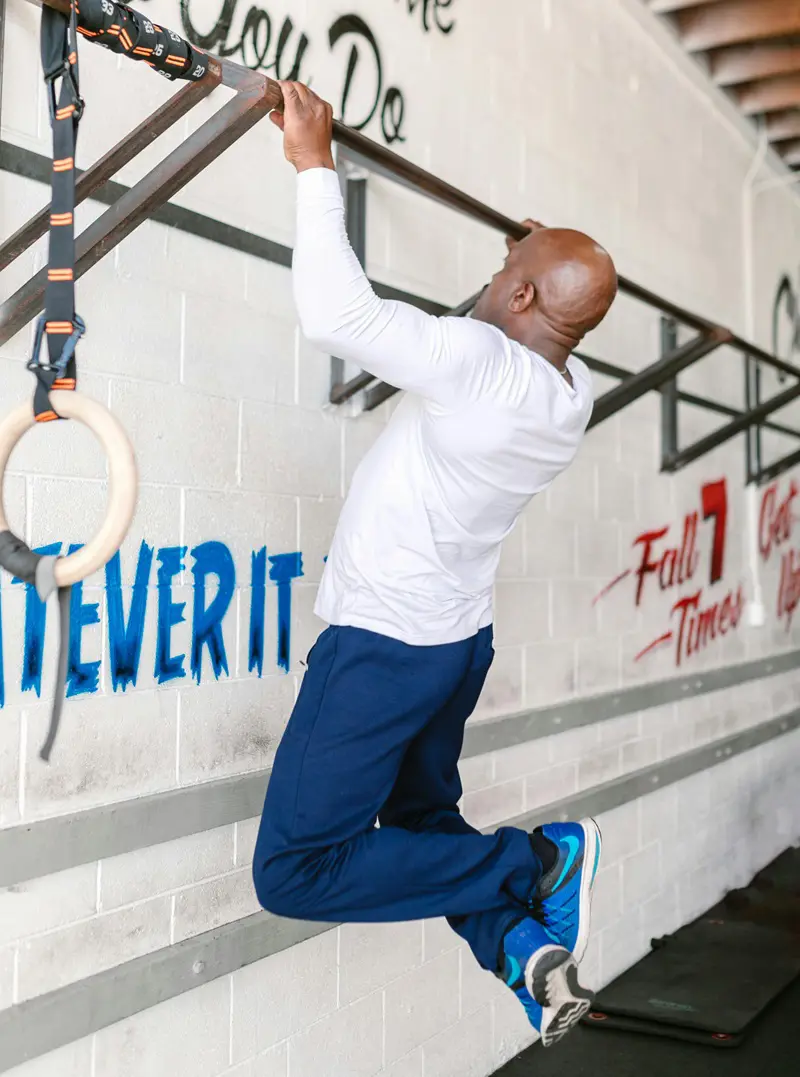
Some of the best exercises for the upper body include pull-ups which have some limitations and are quite difficult for rookies. To maximize pull-ups and also to prevent injuries, it's important to perform them correctly.
Even small mistakes can limit your progress and lead to strain on your muscles and joints. For beginners and those who are in their learning process, it is useful to know about some of the most frequently encountered errors that can distort the results of the workout.
1. Using Momentum
This will make the movement easier to swing your body or the legs to help you pull your legs up, but it weakens the effort of exercising. It is advisable to concentrate on slow and rhythmic movements to activate your muscles and build strength.
2. Not Using a Full Range of Motion
Not fully extending your arms straight or not getting your chin above the bar at the top can reduce the amount of muscles worked. It is advised that you undergo the full range of motion with each of the reps for maximum benefits.
3. Flared Elbows
When pulling during the pull-up, your elbows should be reversed and not flaring out excessively. This can impose pressure on your shoulders during the pull-up. Situations that aid in increasing the range of motion and ensuring that the target muscles are being worked on while minimizing pulls or stresses on joints include ensuring that the elbows are close to the body.
4. Neglecting Core Engagement
People often forget to engage the core which results in the unnecessary movement of the entire body. Engaging your core not only helps in making the pull-up more effective, but it also assists in keeping the core of the body tight.
5. Gripping Too Wide or Too Narrow
When the grip width is off, then it will also influence the way you engage or target the back and arm muscles. Aim for a shoulder-width grip to ensure that the muscle that is targeted is engaged properly without applying too much force on other muscles.
6. Shrugging Shoulders
Shrugging your shoulders up towards your ears can hamper circulation in your neck area besides making the work done by your back muscles inefficient. You need to ensure that the shoulders are pulled down and back to enhance the posture.
7. Holding Your Breath
The worst mistake one can make during the pull-ups is not breathing properly. This can cause one to get out of breath and even get dizzy. Don't forget to exhale as you pull yourself up and inhale as you lower yourself down to maintain rhythm and stamina.
Recent posts
How To
How To
How To Do Burpee Properly For Beginners At Home
Burpee is a combination of two-part exercise, pushups followed by a leap in the air and squats. It is a challenging exercise that works many of the major muscle groups in your body. Doing multiple reps of this exercise back-to-back could be quite exh...
How To
How To Get Rid Of Neck Hump With Exercises At Home
A neck hump is a curved appearance in the back of our neck that may lead to an unflattering look and discomfort. Also known as Dowager’s Hump or Kyphosis, this condition is often caused by poor posture, aging, or weight gain. Fixing it could ta...
How To
A Guide On How To Do Dumbbell Pullover Exercise Properly
A dumbbell pullover is a well-known strengthening exercise loved by bodybuilders for working the chest and back. It also builds your lats and triceps, making them an ideal addition to your strength workout routine. When you are in your first attempt,...
How To
How To Do Clamshell Exercise Properly For Strong Lower Body
Strengthen your glutes, core, and legs with the clamshell workout. Practicing it consistently can offer lots of benefits, from reducing back pain to improving balance. While it might seem confusing for a newcomer, this exercise is quite simple - lie ...
How To
How To Do Glute Bridge Exercise Correctly For Beginners
Glute bridge is a fantastic exercise that targets the glutes, core, and hamstrings. People practice it to strengthen their glutes, improve core stability, and even reduce back pain. To truly reap these benefits, though, we have to perform it correctl...
How To
How To Do Hip Thrusts: Methods, Benefits And Types
The hip thrust is a great bodyweight move for building strong glutes and a solid core. Also called the hip thruster, it’s great for improving posture and easing lower back pain. To get the most out of it, nailing the form is key. Everything fro...




